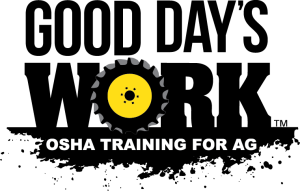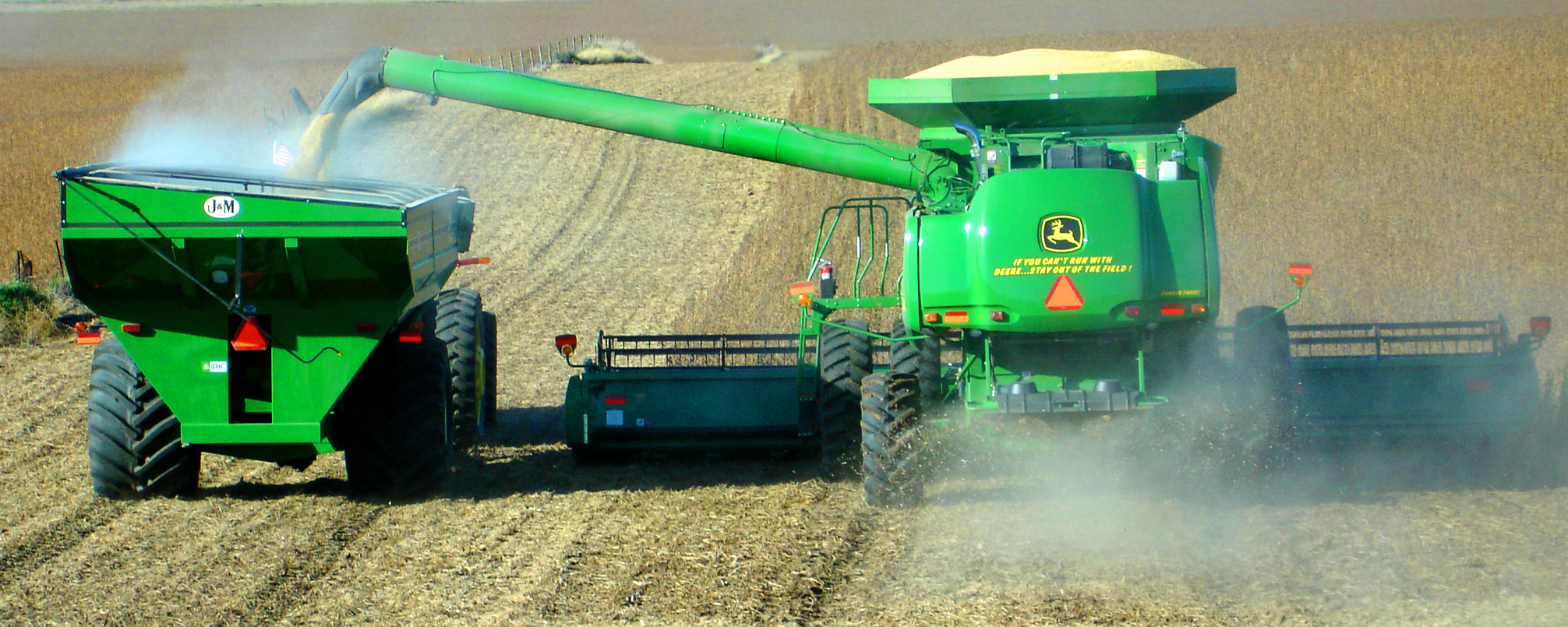Manure pits are changeable and unpredictable. This is the time of year that we need to be assessing the dangers of working in manure pits and brush up on our knowledge of hazardous gases. During late summer and fall there is increased risk as producers are emptying pits, so it's very important that everyone who works in or around manure storage (tanks, pits, and lagoons) understands how to identify hazardous gases and the proper procedures for working in them.
Topics: confined spaces, hazard communication, manure pit
There is a lot riding on the correct grade of hitch pin that links the implement to the tractor or truck. In fact, the hitch pin is a critical component in keeping control of implements we pull. More often than not a hitch pin is selected based on its diameter and length. Rarely is strength the top consideration.
According to Fred Whitford, Purdue University, the bent hitch pins pictured below indicates that somebody got lucky! A bent pin is a sign you needed something stronger, so pitch them before they get used during harvest because they're handy. Better yet....pitch them so they never get used again. It may be just fine in the field, however, you open yourself up to much more risk when you take equipment on roadways.
Topics: tractors, safety culture, insurance/ risk management
During busy seasons, farm safety can take a backseat to other business priorities critical to success. However, safety needs to be part of your critical success factor. Just one accident could affect your ag operation personally and financially, especially if it could have been prevented. Plan your pre-harvest training and safety meeting now to set tone for how your agribusiness will operate for the remainder of the year.
Topics: safety culture, farm, slips/trips/falls, personal protective equipment (PPE)
Small to medium Ag producers across the United States are realizing the need to start incorporating safety into their business culture & framework. This need is due to many factors, some of the top being increasingly heightened consequences of an accident: larger medical bills, higher risk of lawsuit, and increased fines from OSHA. Even just a single accident is much more risky and expensive today. Not to mention the emotional impact to your business and community around you.
Topics: safety training program, farm
How to scale safety training programs across many locations
When selecting and building a safety training program, it’s largely agreed that a single system is most effective, especially for tracking. While that’s a top priority, we’ve often found 2 other factors that are overlooked when it comes to effective safety training:
Topics: safety director, safety culture, safety training program
Are you intimidated or confused by OSHA’s requirements for recording and reporting incidents? Maybe you just had an incident and aren’t sure what to next. First off, take a deep breath. It will be ok. This post is meant to start answering your questions about recordables and reportables. We’ll break down both and help you understand who and what is required for each.
Topics: OSHA exemption, OSHA law & compliance
OSHA regulations that apply to EVERYONE. (Even if you’re exempt)
According to the Bureau of Labor Statistics, 570 people died from work-related injuries in agriculture in 2011. That’s 7 times the fatality rate for all workers in the private sector! Safety is an important topic in the agricultural industry. That being said, it’s no wonder OSHA has regulations that are meant to keep people safe specifically in agriculture. While some farms are exempt from OSHA regulations, did you know there are a few requirements that apply across the board? No matter if you employ 10 or less people total, or only employ immediate family, OSHA requires that both exempt and non-exempt operations abide by these rules.
Topics: OSHA exemption, OSHA law & compliance, OSHA inspections & violations
The main goal of a safety and health program is to prevent workplace injuries, illnesses and fatalities, as well as the suffering and financial hardships these events can cause workers, their families and your operation. I believe we can all agree with that as the ideal.
From the feedback we received from recent surveys, HR directors and safety managers are looking for more information on job hazard analysis and hazard identification. I’m going to embark on a 4-part series addressing hazards to help further your understanding. By reading this blog, you'll:
- have better insights into different aspects of hazard analysis
- understand the role that hazard analysis play in a solid safety and health program.
Topics: safety training program, hazard communication, hazard analysis
How To Use Goal Setting To Move Your 2018 Safety Program Forward
December is upon us and it’s time to look at your safety program for 2018. With everything you’ve accomplished in 2017, what is going to move your program forward for 2018?
When I managed a fast growing company earlier in my career, goal setting made a crucial impact on the success. It forced me to look much further out into the future, envision where the company could go and create how we were going to get there. No matter where you are today with your safety program, moving your program forward is key to lowering workers’ compensation claims, improving employee safety IQ and having active participation in developing safety culture.
Let’s look at 3 steps to consider when putting the 2018 goals and plans together.
Topics: safety culture, safety training program, productivity / goals / motivation
Non-Mandatory Respiratory Protection - What Do Employees Know?
When employees are not mandated to wear respiratory protection, do they know enough to protect themselves? It’s one thing to make decisions for yourself when you have a good knowledge base. It's another thing to be unaware. Have you ever been in a position where you thought to yourself, “I wish someone would’ve told me about this a long time ago?”
That’s where this blog comes into play concerning non-mandated respiratory protection. In particular, the voluntary use of a disposable particulate dusk mask, also referred to as filtering facepiece, mechanical filter or particulate respirator.
As a HR director, you want your employees to be armed with good information about respiratory protection, so they can make good decisions regarding their health. When you educate and train employees they can be fully responsible for their actions. When employees are unaware of health hazards and they lose their health, they’ll feel they’ve been done WRONG!
Let’s look at 6 key pieces of information that are vital for you as the HR director to educate and train on, so you are responsible for doing your employees RIGHT!
You can find the above selection guide on the AgriSafe Network website.
Topics: air/respiratory












